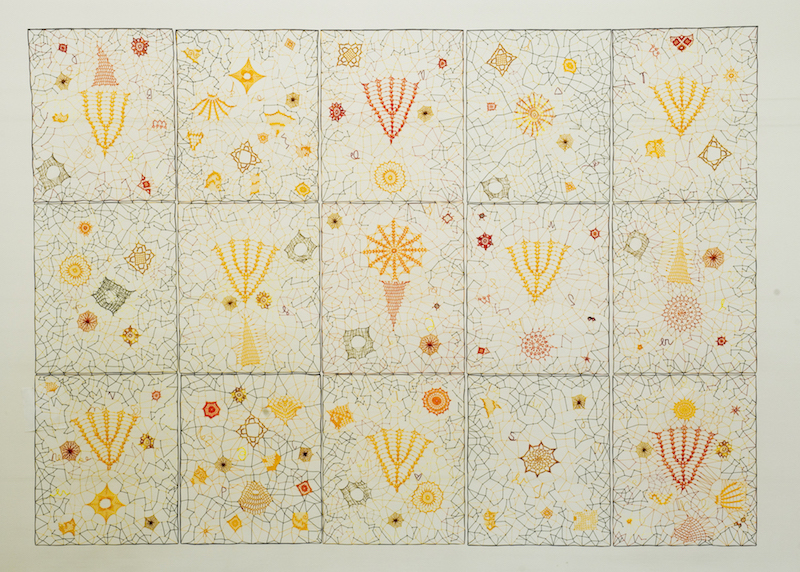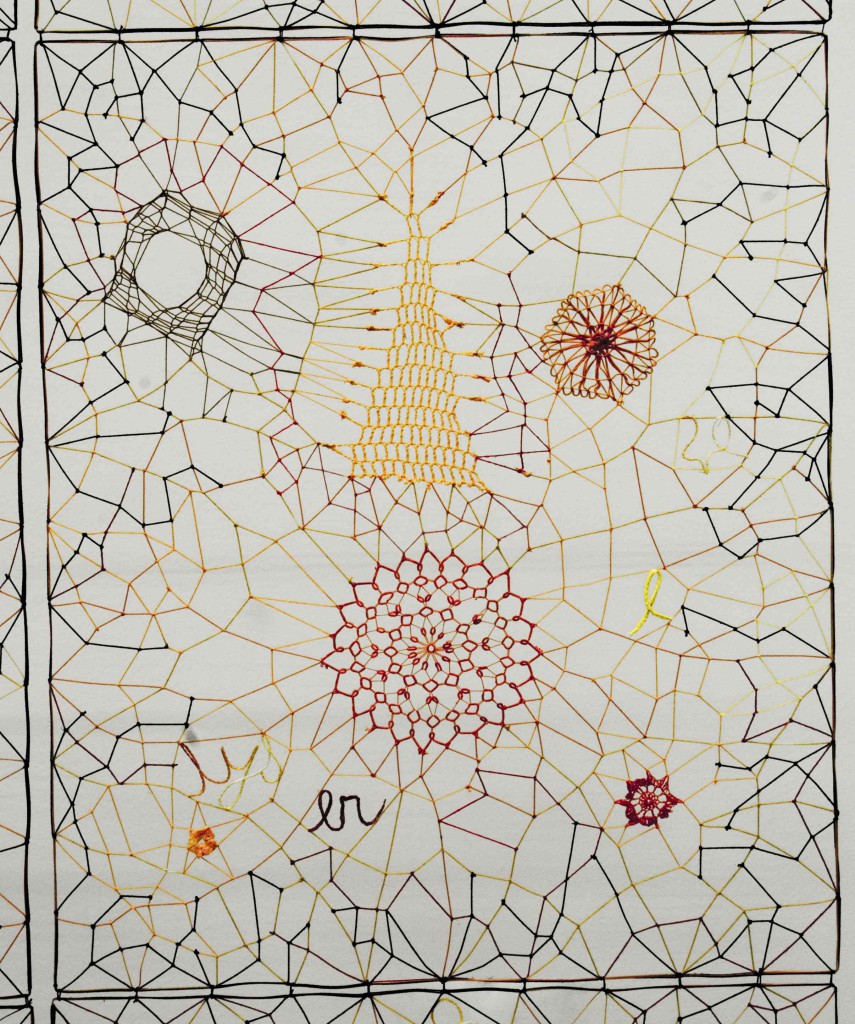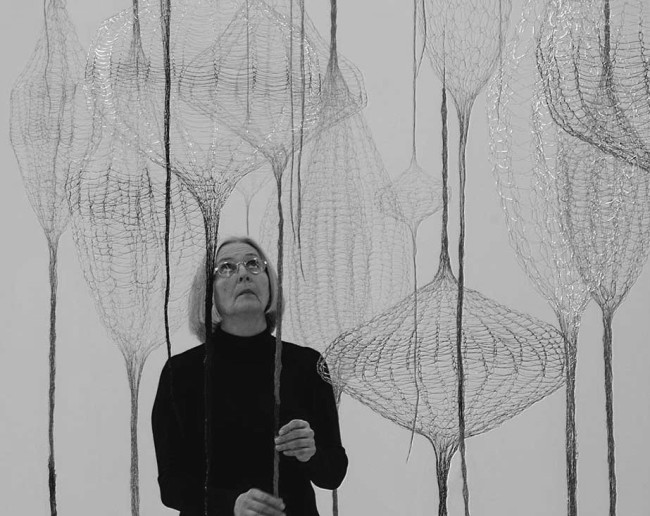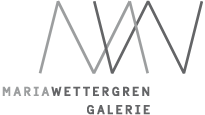
Coral Sea
2016
180 x 150 cm
Linen thread laces crochet
Unique piece

Coral Sea
2016
180 x 150 cm
Linen thread laces crochet
Unique piece


Gjertrud Hals is one of the redefining figures of textile art, liberating fibre from the loom and displaying it in space as three-dimensional sculpture. Hals’ upbringing on the little island of Finnøya is profoundly anchored in her art and her relationship to the region’s nature and culture is deep and complex. Hals’ works seem to possess their own laws and logics, moving somewhere between delicate neatness and unrestrained inspiration. In the words of the artist, they propose a reflection “…on the relationship between nature and culture, in which the lives of modern humans are moving between chaos and order. Forces of nature and war create chaos, after which a new order is elaborated, always both the same and a little bit different than the previous.“ Gjertrud Hals focuses on natural fibres that she transforms through various techniques including weaving, knitting, casting, spraying and cutting. Trained in the art of tapestry weaving in the 1970’s, Hals’ interest in feminism and women’s culture associates her with the new wave of women artists exploring the sculptural potential of textile. Hals’ works have been acquired by private and public collections, such as the Centre Pompidou, Paris, France; National Museum of Contemporary Art, Oslo, Norway; The Museum of Contemporary Crafts, New York, USA; The Museum of Decorative Arts, Lausanne, Switzerland; Mobilier National / Les Gobelins, Paris, France and the Bellerive Museum, Zürich, Switzerland.


